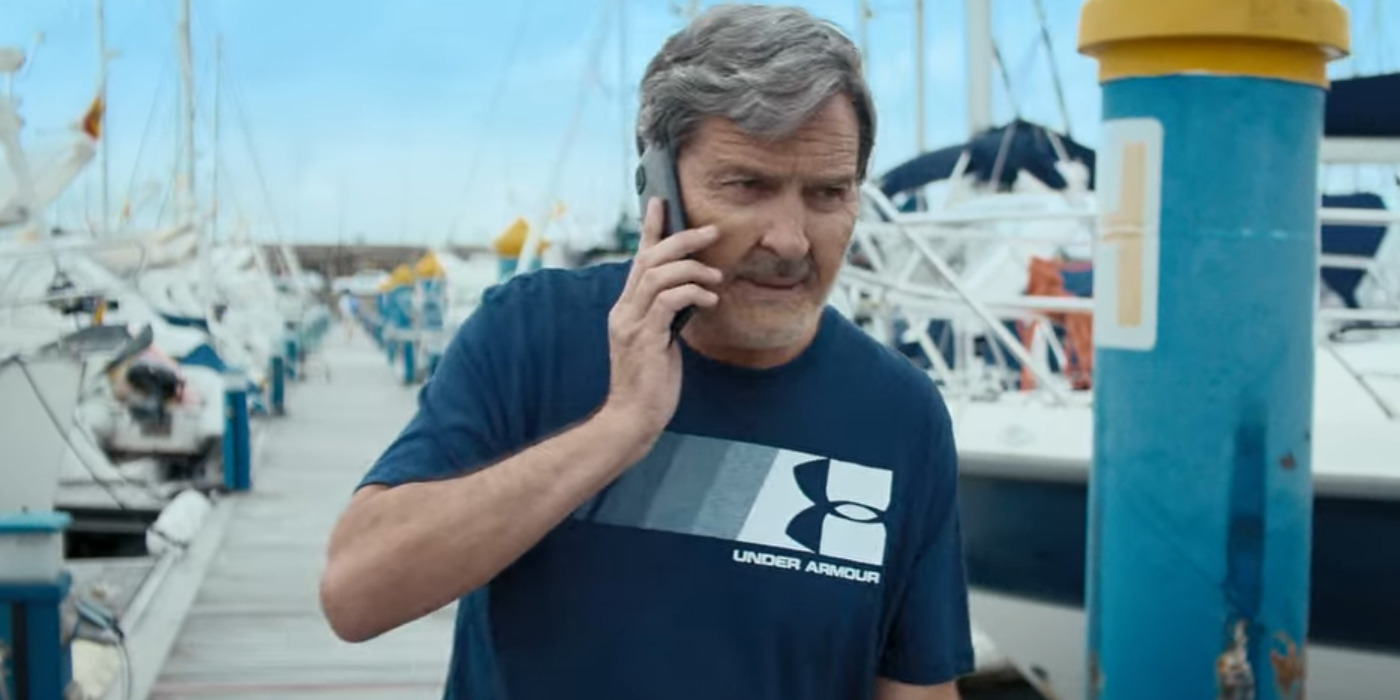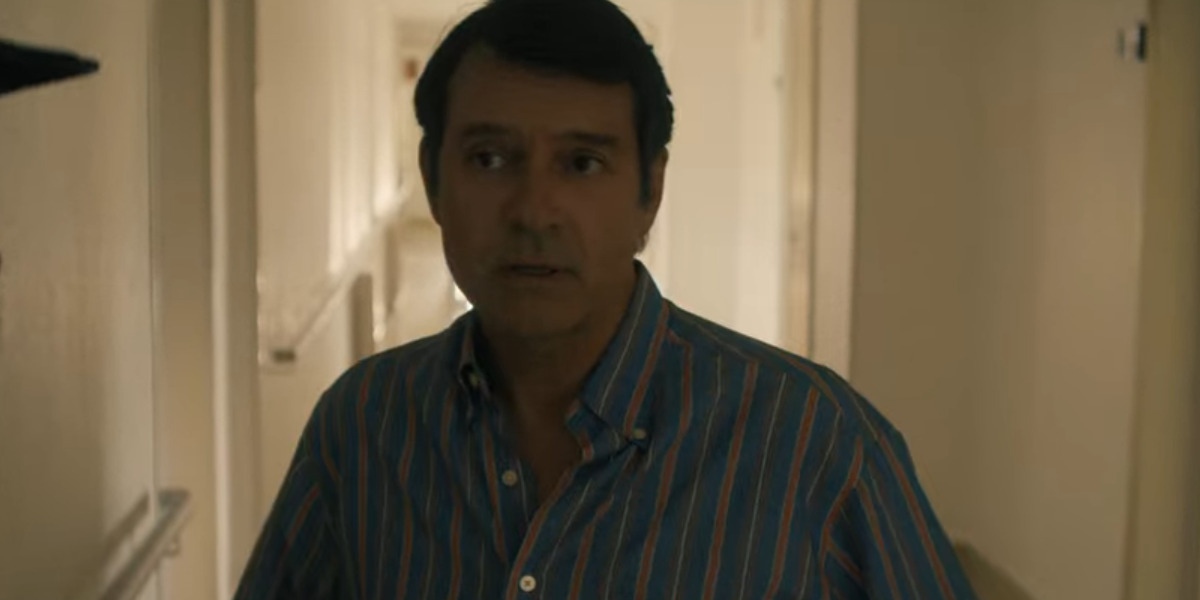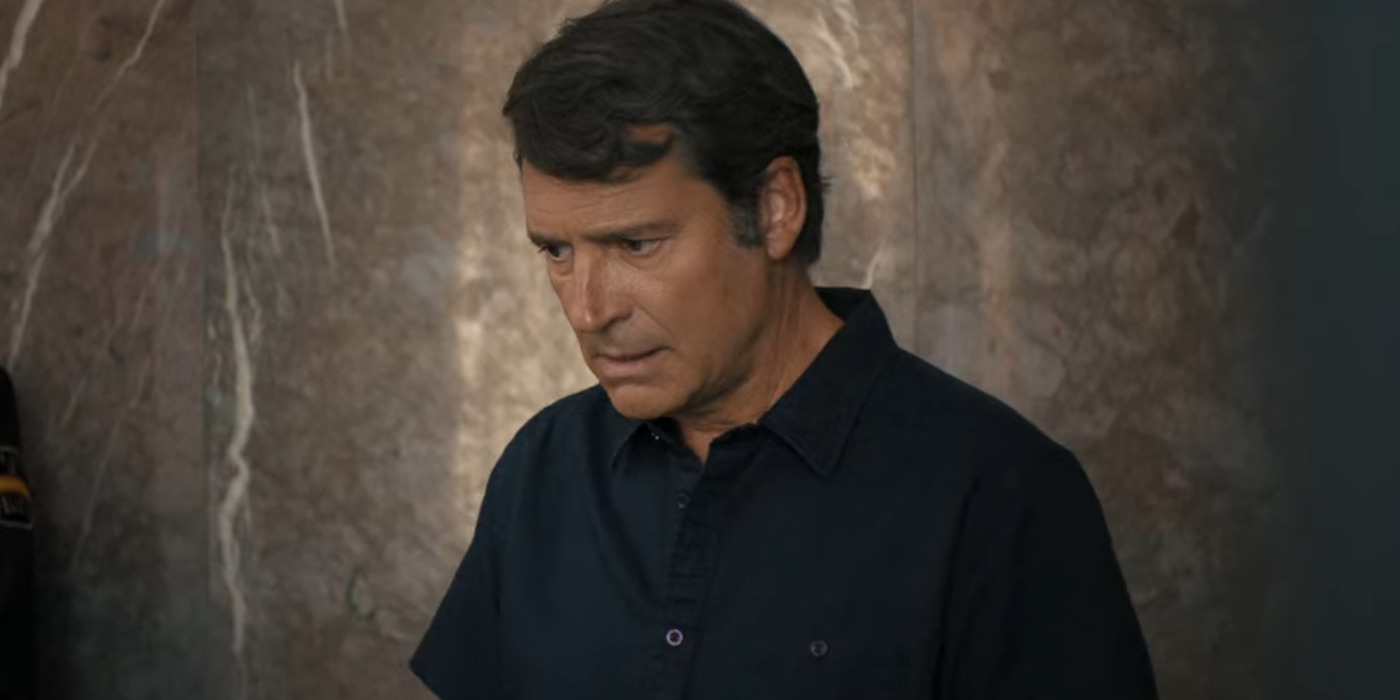‘Gangs of Galicia,’ the Spanish crime drama show, delves into the criminal ventures unfolding in a small coastal town by a significant crime family withholding a history in drug trafficking. However, the story doesn’t begin until Jose Silva, a traitor to the central Padin family, currently living under witness protection as Jorge Gonzalez, dies at the hands of unknown assassins. Consequently, the death brings his daughter, Ana Gonzalez Soriano, to the town run by the Padins with a secretive revenge plot of her own. Even so, she didn’t expect her life to turn upside down as she gets close to the imprisoned Padin patriarch’s son, Daniel.
Despite remaining dead for the better part of the show’s narrative, Jose Silva’s character becomes a crucial puzzle piece within the story, fueling the base premise with his demise. Therefore, given the show’s depiction of drug cartels and crime families, the question of Silva’s connection to potential real-life criminal inspirations naturally arises. SPOILERS AHEAD!
Jose Silva Ties Gangs of Galicia to Reality
Given his early death within the show’s storyline, Jose Silva’s character is mostly built up from his backstory, which feeds the primary protagonist, Ana’s narrative. Decades before the story’s events, Silva used to reside in the small town of Cambados in Galicia, where he had a wife and a young daughter. More importantly, he was involved in the town’s shady businesses conducted by Jose Padin, the most infamous Spanish drug lord of the time. Consequently, as one of Padin’s closest non-family associates, Silva was tied into numerous aspects of his illegal dealings and had incriminating knowledge about his widespread Padin crime family.

Thus, in 1990, Silva collaborated with the local police and snitched on Jose Padin and his criminal empire. As a result, the cops were able to catch Padin and imprison him, cutting his drug cartel off at the head. Yet, Jose kept his betrayal a secret from everyone else and remained a supportive stone by the Padin family’s side in the lead-up to their patriarch’s trial. Nonetheless, as rumors spread about an anonymous testimony, young Daniel grew curious about the traitor who sold out his father and attempted to learn his identity. Consequently, Daniel uncovered Silva as the snitch, compelling the latter to enter witness protection and disappear.
Years later, after Silva had built a brand new life for himself and lived it for a decade, the past actions finally caught up to him as the Padins tracked him down and ordered his assassination. Silva’s involvement within the story remains confined to these events, which evidently hold partial inspiration in real-life events in the world of Spain’s criminality. One can easily trace Silva’s character to the real-life drug trafficker Manuel Baúlo, head of the Caneos clan.
Manuel Baúlo: The Man Who Testified Against Manuel Charlín Gama
In real life, Baúlo was involved in business with Manuel Charlín Gama as the Operación Nécora the cop’s attempts against the growing drug activity came into being in 1990. By 1994, Baúlo decided to help the police in their investigation against Charlin and agreed to testify against him. The same came at an opportune time for the cops who had already previously failed in convicting the Galicia kingpin under the operation. Nevertheless, soon, his boss caught wind of the same and realized he had been betrayed. Suspiciously enough, Colombian-hired men ended up attacking Baúlo in his house on September 12, 1994. In the attack, they killed Baúlo via gunshots and left his wife, Carmen Carballo Jueguen, tremendously injured to the point where she developed paraplegia paralysis of the legs.

In the end, Baúlo testimony still ended up helping the cops convict Charlin of his crimes and hand him a prison sentence. Nevertheless, his or his family’s involvement in Baúlo’s death could never be proven despite the widespread speculation that remained. In fact, the departed’s widow, Carballo Jueguen, went on to identify the shooters who attacked her home, but they didn’t reveal their contractors even after their conviction.
Consequently, Silva’s relation to Baúlo—in their real-life and dramatized involvements with Galicia’s most notorious drug lords—remains evident. Even so, the show adds other elements, such as a fictionalized witness protection program, a second family, and a vengeful daughter, for Silva’s storyline that never existed in Baúlo’s reality. By doing so, the ‘Gangs of Galicia’ establishes enough distance from real life to stand as its own narrative while also referencing the reality of its core themes.
Read More: Gangs of Galicia: Is Ana Gonzalez Soriano Based on a Real Lawyer?


You must be logged in to post a comment.